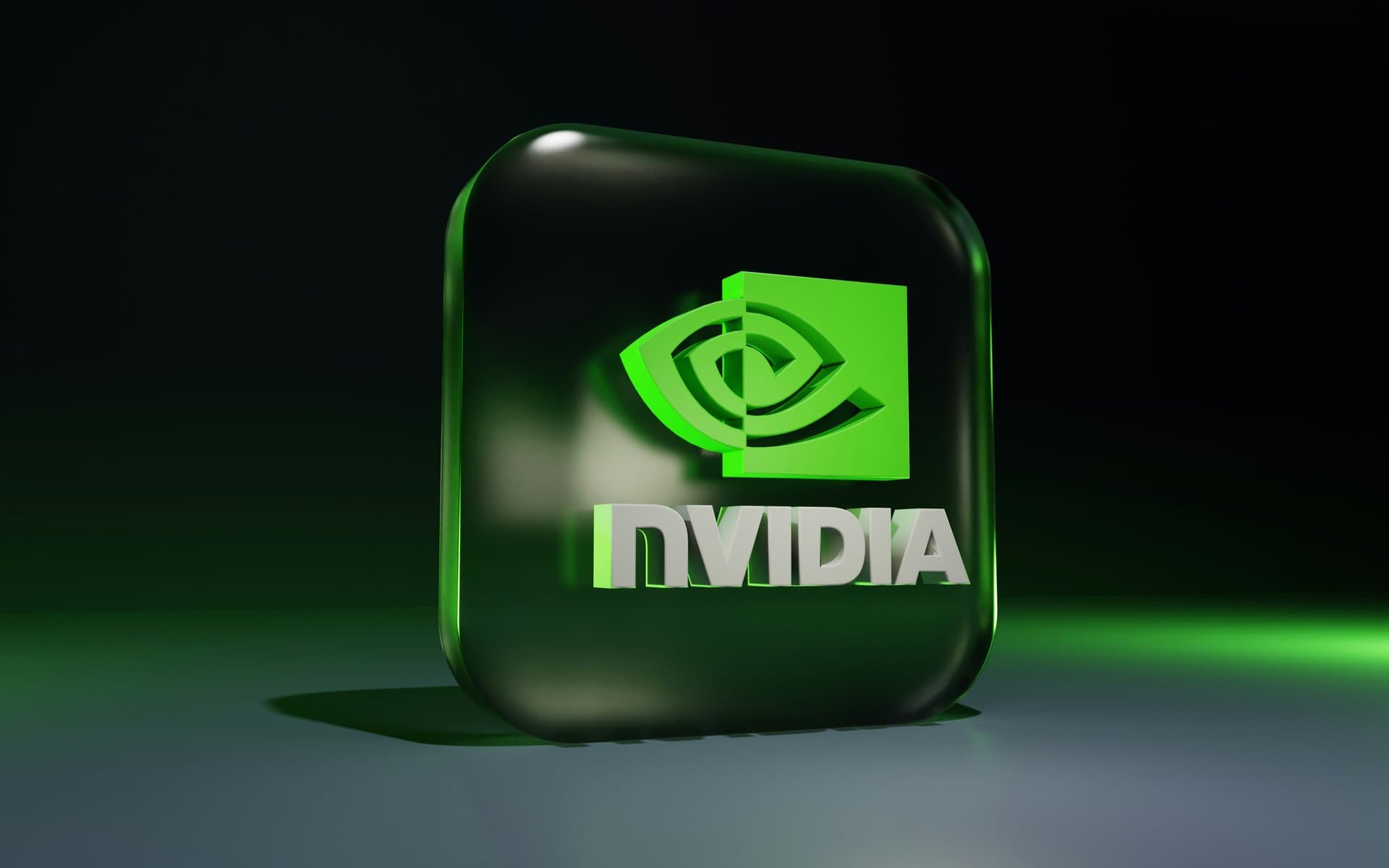How Research Universities and Nvidia Drive AI Innovation Together
Discover how Nvidia’s AI chip technology and research universities form powerful partnerships that accelerate breakthroughs, expand AI access, and build the future workforce in artificial intelligence.

Key Takeaways
- Nvidia’s GPUs power AI breakthroughs starting with University of Toronto’s AlexNet in 2012
- University partnerships provide Nvidia with early innovation and a talent pipeline
- Nvidia donates advanced supercomputers like UF’s HiPerGator AI to democratize research access
- Universities apply AI in healthcare, agriculture, and urban planning using Nvidia tech
- Collaborations boost workforce readiness through training programs like Nvidia’s Deep Learning Institute

Artificial intelligence isn’t just a buzzword—it’s a revolution fueled by powerful partnerships between tech giants and academia. Nvidia, the world’s leading AI chipmaker, owes much of its success to collaborations with research universities worldwide. These institutions don’t just use Nvidia’s GPUs; they spark innovations that Nvidia then transforms into cutting-edge products.
Take the University of Toronto’s 2012 breakthrough with AlexNet, an image recognition tool powered by Nvidia’s GPUs. This moment ignited Nvidia’s AI leadership and set the stage for decades of progress. Today, universities like the University of Florida and Georgia Tech harness Nvidia’s supercomputers to tackle challenges from healthcare to climate modeling.
This article dives into how research universities and Nvidia fuel each other’s growth, expanding AI’s reach and preparing the next generation of innovators. Let’s unpack this dynamic partnership and what it means for the future of AI.
Fueling AI Breakthroughs
Imagine the spark that ignited Nvidia’s AI dominance—it was a university lab in Toronto back in 2012. Researchers there used Nvidia’s GPUs to create AlexNet, a game-changing image recognition tool. This wasn’t just a tech milestone; it was a revelation that GPUs could power AI applications at scale.
Nvidia’s CEO Jensen Huang recognized early on that AI’s future depended on deep research. Instead of waiting for breakthroughs, he dove into academic collaborations, supporting researchers at the very start of AI’s journey. This foresight paid off handsomely, turning Nvidia’s chips into the backbone of AI innovation.
Universities explore risky, fundamental science that industry often avoids. By partnering with these institutions, Nvidia gains early access to novel algorithms and techniques, sometimes years before they hit the market. It’s like having a crystal ball into the future of AI technology.
Empowering Universities with Tech
Supercomputers aren’t just for tech giants; thanks to Nvidia, universities now wield this power too. The University of Florida’s HiPerGator AI supercomputer, equipped with Nvidia’s A100 and Blackwell chips, is a prime example. This donation, along with support from Nvidia co-founder and UF alumnus Chris Malachowsky, gave UF researchers and students unprecedented access to cutting-edge AI hardware.
UF’s initiative, AI Across the Curriculum, ensures all 60,000 students can engage with AI—from beginners to those building complex digital twins. This democratization of technology breaks down barriers, letting diverse fields like healthcare and agriculture benefit from AI’s promise.
The impact is tangible: UF uses AI to simulate emergency room operations for better surgical outcomes and analyzes drone data to optimize crop treatments. Nvidia’s hardware doesn’t just crunch numbers; it powers real-world solutions that improve lives.
Building the AI Workforce
Talent is the lifeblood of AI, and Nvidia’s university partnerships nurture it like a gardener tending seedlings. Programs like the NVIDIA Graduate Fellowship fund promising PhD students working on accelerated computing, robotics, and AI. These students often become the industry’s next leaders, many joining Nvidia or startups aligned with its vision.
Nvidia’s Deep Learning Institute offers hands-on training, equipping students and faculty with practical skills on Nvidia’s platforms. This isn’t just theory—it’s real-world readiness for a job market hungry for AI expertise.
The result? A pipeline of graduates fluent in Nvidia’s technology, ready to innovate and keep the company—and the AI field—moving forward. It’s a win-win that blends education with industry needs seamlessly.
Expanding AI’s Reach
AI isn’t confined to computer science labs. Universities like Georgia Tech and the University at Albany use Nvidia-powered supercomputers to tackle global challenges. Georgia Tech’s Nexus supercomputer supports research on complex problems like cancer treatment and national security, where AI’s ability to analyze vast data is crucial.
At the University at Albany, Nvidia’s technology aids cybersecurity, weather modeling, and climate prediction. Faculty and students alike harness this power, blending academic curiosity with practical applications.
These partnerships extend AI’s benefits beyond tech hubs, touching healthcare, agriculture, urban planning, and more. Nvidia’s chips become the engines driving solutions that matter to everyday lives.
Sustaining Innovation Momentum
The relationship between Nvidia and universities is a flywheel—each turn builds more speed and impact. Nvidia seeds its GPUs and software into academia, creating familiarity and loyalty among future researchers and engineers. This widespread adoption cements Nvidia’s platforms as the default choice for AI computing.
Universities, in turn, gain visibility and funding through joint projects and public-private initiatives like the NSF-Ai2-Nvidia collaboration. This amplifies their research impact and attracts more talent and resources.
While competitors like AMD and Intel also power university supercomputers, Nvidia’s early and ongoing commitment to academic partnerships keeps it firmly in the lead. As AI evolves, this synergy ensures both sides stay at the cutting edge, fueling breakthroughs and workforce development alike.
Long Story Short
The symbiosis between Nvidia and research universities is more than a tech tale—it’s a blueprint for innovation that benefits society at large. By providing advanced hardware, software, and expertise, Nvidia empowers universities to push AI boundaries in diverse fields like medicine, agriculture, and urban planning. Meanwhile, universities offer Nvidia a front-row seat to early-stage breakthroughs and a steady stream of skilled graduates ready to lead tomorrow’s AI projects. This flywheel effect keeps spinning, driving progress and workforce development hand in hand. For anyone watching the AI landscape, this partnership underscores a vital truth: collaboration between industry and academia isn’t just smart—it’s essential. As Nvidia and universities continue to join forces, the future of AI looks not only powerful but profoundly human.